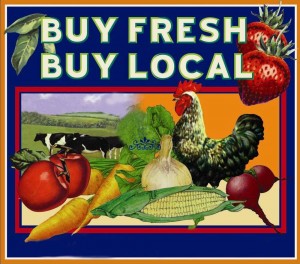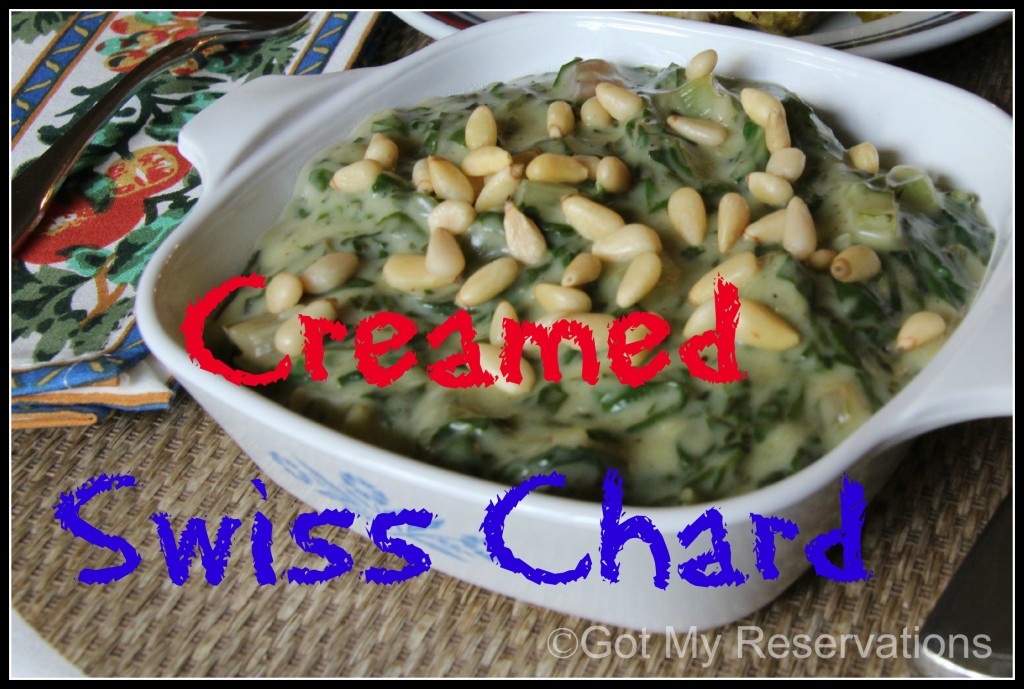Carl and Sally Gable were looking for a summer home in New Hampshire, but ended up buying a historically-protected villa in a small town outside of Venice — the Villa Cornaro. Built by Renaissance architect Andrea Palladio in 1552, the Villa Cornaro is considered one of the most beautiful buildings in the world. It is owned by Americans who fell in love with Italy, with Palladian architecture and with the Villa Cornaro. Palladian Days: Finding a New Life in a Venetian Country House is based on Sally Gable’s diaries about the process of buying a home in Italy.
I fell in love with the book based on its cover — very Edith Wharton and all that — and found it to be an interesting look into the world of Americans learning to care for an Italian treasure while also learning to live in another culture. Unlike Tim Park’s sardonic view of Italy and Frances Mayes’s romantic love affair with Italy, Sally Gable’s prose is elegant, precise, and matter-of-fact while still offering a passionate vision of the expatriate dream of owning a villa in Italy. It’s just that most of us don’t own and live in an international monument.
As I read this book, I couldn’t help but think money pit, money pit. I’ve renovated a number of homes in my day, and I know that the amount of money the Gables have poured into this property must be astounding. Carl I. Gable is a retired lawyer and businessman, and Sally Gable is a retired church musician, and Mrs. Gable is pretty reticent about talking about money in her stories. Although most of the restoration had already been done by the villa’s former owners, Richard and Julia Rush, I found it unrealistic how she often glossed over what must have been very difficult decisions. The fact that they both sit on some very prestigious boards of directors gives us a glimpse into why they don’t seem to worry very much about what things cost. I don’t know exactly why this bugged me, but it did.
Sally Gable also includes recipes and a discussion of risotto that had my tastebuds drooling. I do love a good memoir with talk about food!
 This photo of Villa Cornaro is courtesy of TripAdvisor
This photo of Villa Cornaro is courtesy of TripAdvisor
A visitor to the Villa Cornaro tells Sally that she is lucky that she and her husband share a passion for the same thing — renovating, restoring, and living in an architectural treasure. As she reflects on this comment she says:
How fortuitous, how unlikely, that we both find in our villa, in Venice, in Italy a source of such infinite fascination.
Villa Cornaro has been the cornerstone of it all. Like a great athletic coach, the villa is at once a disciplinarian, a trainer, and a motivator.
You can step into new stages and play new roles, the villa whispers. Find your hidden pools of strength, open yourself to see art with fresh and wider-ranging eyes, examine whole new palettes of color in your everyday life, vault past barriers of language, culture, and habit.
All to better care for me, my villa tells me (247).
The Gables open their house to visitors and also host local events in the gardens. If you cannot get to Venice to see Villa Cornaro anytime soon, perhaps you are able to visit a Palladian style architectural treasure in the United States, Drayton Hall near Charleston, South Carolina, that is said to have been based on the Villa Cornaro. Thomas Jefferson admired Andrea Palladio’s work and used another building, Villa La Rotanda, for the design of his home at Monticello.
You can also visit The National Building Museum in Washington, D.C. which tells “the stories of architecture, engineering, and design.”
Got my bags, got my reservations,
Spent each dime I could afford.
Like a child in wild anticipation,
I long to hear that, “All aboard!”
Music and lyrics by Bud Green, Les Brown and Ben Homer (1944)


























